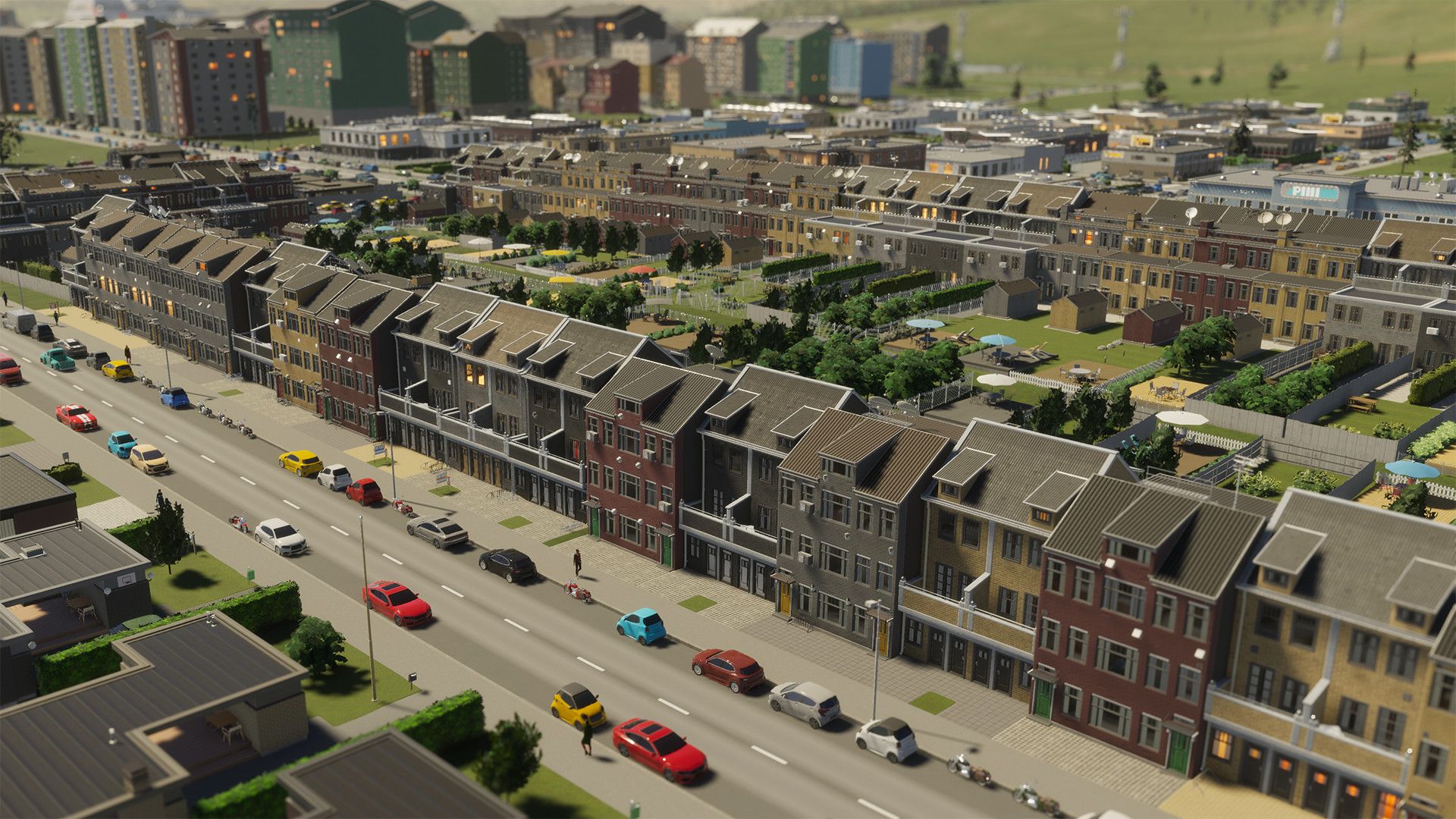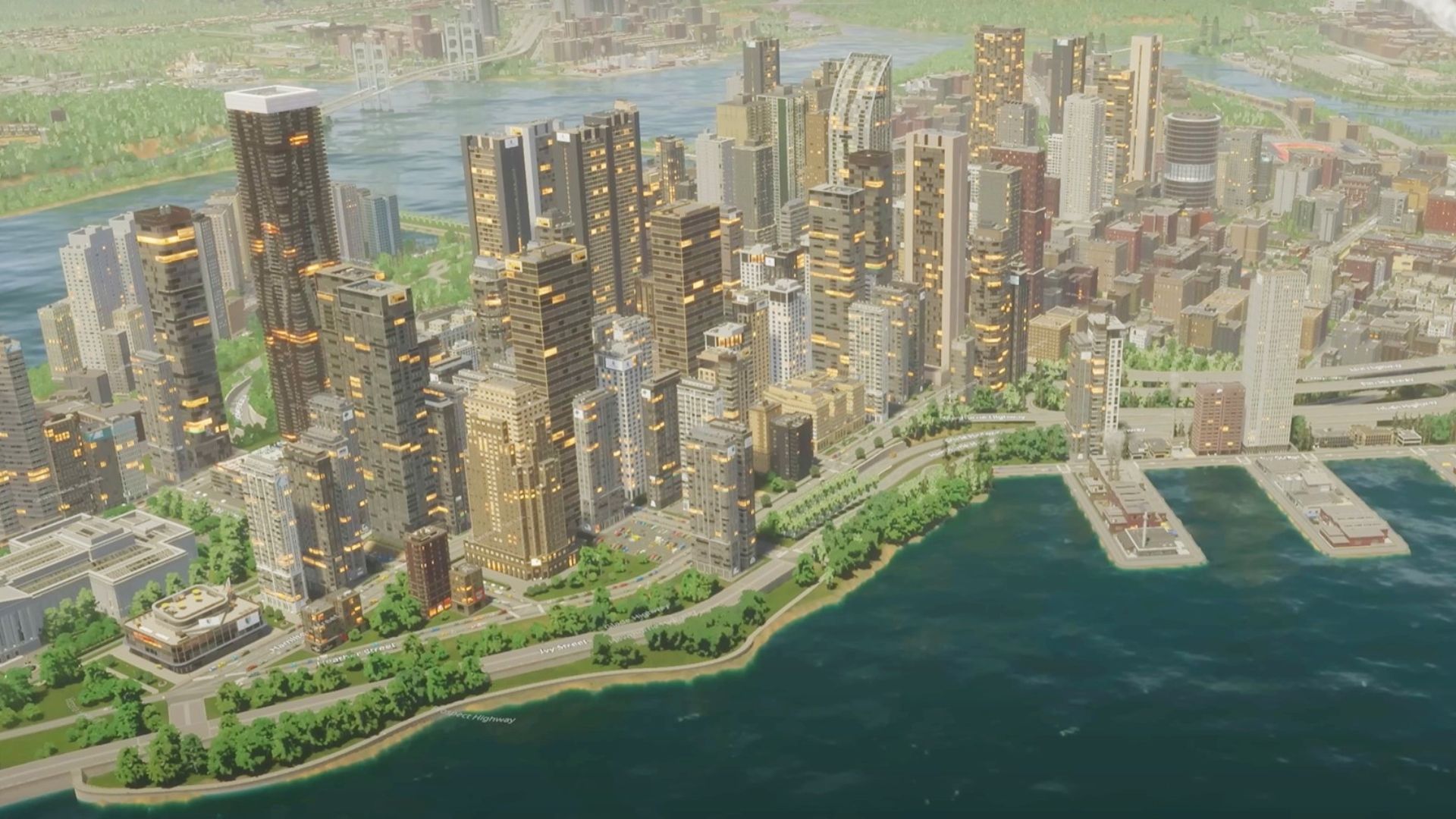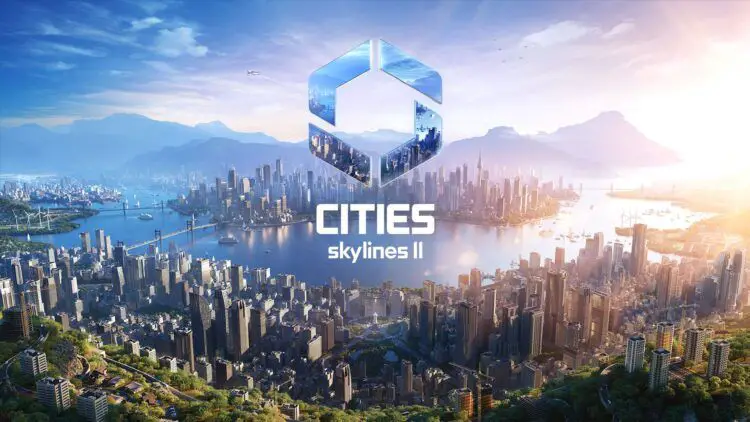are you also tired of the Cities Skylines 2 Not Enough Customers message and want to fix this issue to continue improving your city? If your answer is yes, we put together a very informative guide for you to continue enjoying your game. Let’s take a closer look at how to fix this issue!
What’s behind the “Cities Skylines 2 Not Enough Customers” Message?
The controversial “Cities Skylines 2 Not Enough Customers” warning, which has shown since Cities: Skylines 1, reappears in the sequel. This alert appears when your company is unable to attract enough clients, resulting in a drop in commercial revenues. While resolving this issue isn’t difficult, Cities: Skylines 2 includes a few additional aspects that may complicate your city-building strategy.
To ensure your city survives, you must master the art of city planning, avoid overcrowding your commercial zones, and keep a close check on the performance of your enterprises. Your businesses rely on a continual supply of Cims (game inhabitants) who not only buy their products but are also financially capable and easily accessible via taxis and other modes of transportation.

How to fix the “Cities Skylines 2 not enough customers” error
Now, let’s cut to the chase and give you all the possible fixes for the Cities Skylines 2 Not Enough Customers error!
Avoid Overloading Commercial Zones
The first rule of thumb is to avoid overloading your city with commercial zones. Don’t pay too much attention to the demand meter, that little gauge in the lower left corner of your screen, because it can be misleading. It might tell you that you need more commercial zones when you really don’t.
The demand for commercial zones is generated by a mix of Cims wanting products and jobs and industrial zones needing businesses to sell their goods. Keep in mind that Cims can work in various places, including service buildings, schools, and industrial jobs, such as forestry and farming. Additionally, your industries can export their products to external connections. So, resist the temptation to overzone simply because the demand meter says so.
Cities Skylines 2 not working: How to fix
Smart City Planning
The layout of your city is a key factor in ensuring a steady flow of customers to your commercial zones. When you’re building your city, be strategic in your planning. Don’t place low-density residential zones next to high-density commercial areas because this creates problems with noise and comfort. Instead, try setting up a few small commercial shops on the outskirts of your low-density residential zones. These smaller establishments, with dimensions like 2×2, 2×3, or 3×3, can include gas stations and boutiques that suburbanites will visit.
Once you reach Milestone 1 and unlock medium-density residential row houses that can house eight households, place them near your low-density residential zones to help support the nearby businesses. As you progress to Milestone 2, which introduces medium-density housing that can accommodate 36 households in apartments, maintain a similar strategy of mixing commercial and residential properties. By doing this thoughtfully, you can reduce instances of “no customers.”

Public Transportation Is Key
Public transport isn’t just about avoiding traffic snarls; it’s also a customer magnet. Invest in buses or metro lines to connect your residential and commercial areas. Efficient public transport makes it easier for residents to reach your shops and services, increasing customer traffic.
Mastering the Zoning Tool
The zoning tool is your best friend in this game. Use it to assess whether a location is suitable for a successful commercial zone. Activate the zoning tool, select commercial zones, and pay attention to the color changes on the ground. Green areas are your ticket to success; they indicate a healthy customer base. Red zones, on the other hand, should be avoided as they won’t attract enough customers, triggering that pesky message.
Featured image credit: Paradox Interactive





